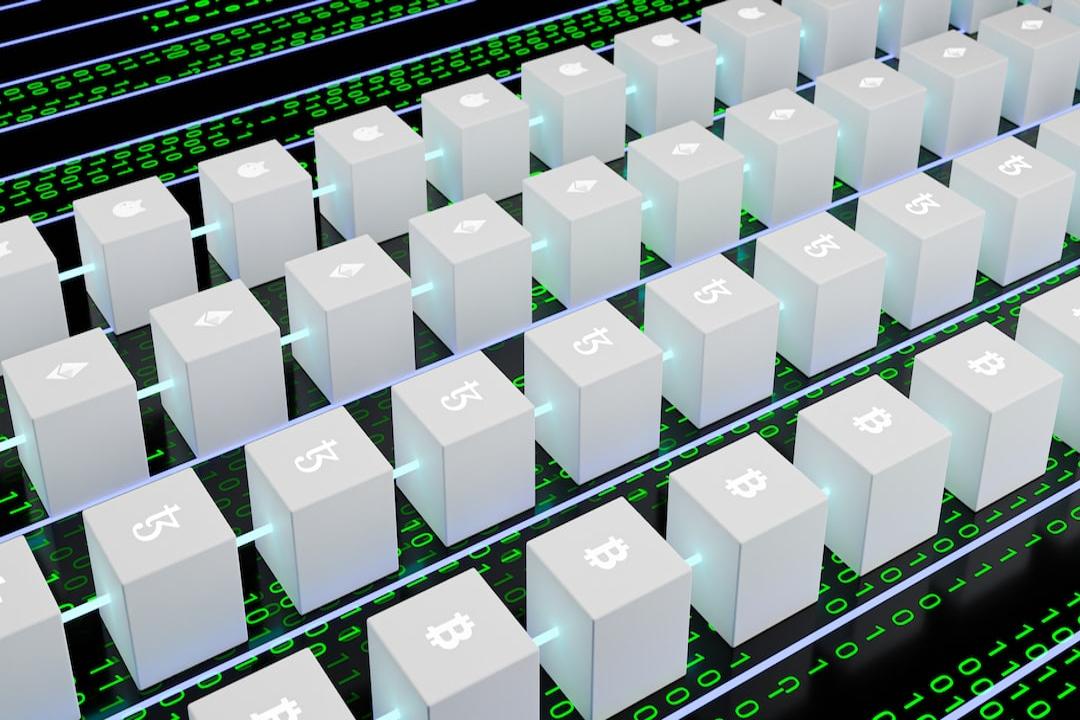Telegram’s blockchain platform, “The Open Network” (TON), has been consistently outperforming Ethereum in terms of daily active addresses throughout this month. This trend has led some to speculate about a possible “flippening” scenario, driven by Telegram’s massive user base. However, there are arguments suggesting that the data may not present the complete picture.
According to Delphi Digital, TON’s growth has been quietly propelled by Telegram’s 900 million users, resulting in a higher number of daily active addresses compared to Ethereum. The firm questions whether this trend can be sustained in the long run to potentially surpass Ethereum permanently.
Data from Artemis, which measures the number of unique wallets conducting daily transactions on a blockchain, indicates that TON and Ethereum have been in a close competition since May 17 when TON first overtook Ethereum. TON has maintained its lead since the beginning of June, surpassing Ethereum on 10 out of 11 days so far, with a peak of 568,300 daily active addresses on June 3.
In contrast, Ethereum has not reached such levels since September 13, 2023, as per Artemis data. However, it is important to note that a significant portion of Ethereum’s user activity has shifted to layer 2 scaling solutions, such as Arbitrum, Base, and Optimism, which collectively saw 1.3 million daily active addresses on June 11 alone.
Vitalik Buterin, co-founder of Ethereum, has endorsed the use of layer 2 solutions to scale the main blockchain, as part of the platform’s roadmap. The recent spike in TON’s network activity could be attributed to Telegram’s integration of the Tether stablecoin on TON and the 35 million users who have joined Notcoin since its launch five months ago. Notcoin is a token that can be earned through social challenges.
Furthermore, Telegram introduced Telegram Stars, an in-app currency for digital purchases, on June 6. Trading bots on Telegram have also gained popularity as a crypto use case on the messaging platform.
In conclusion, while TON’s growth in daily active addresses has been impressive, it is essential to consider the broader context of Ethereum’s ecosystem and the shift towards layer 2 solutions before making definitive comparisons between the two platforms.

